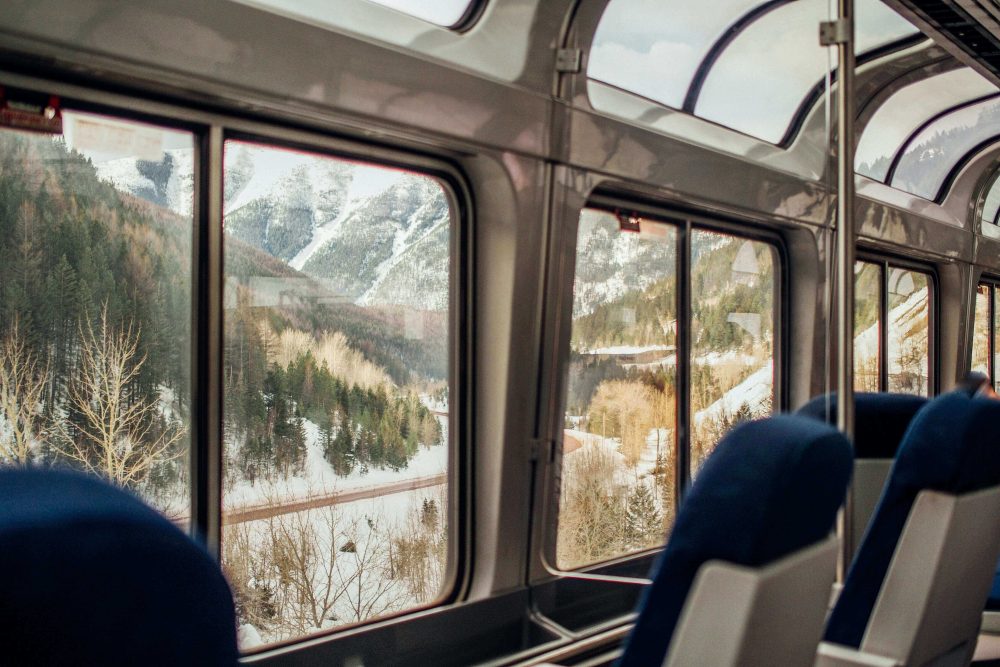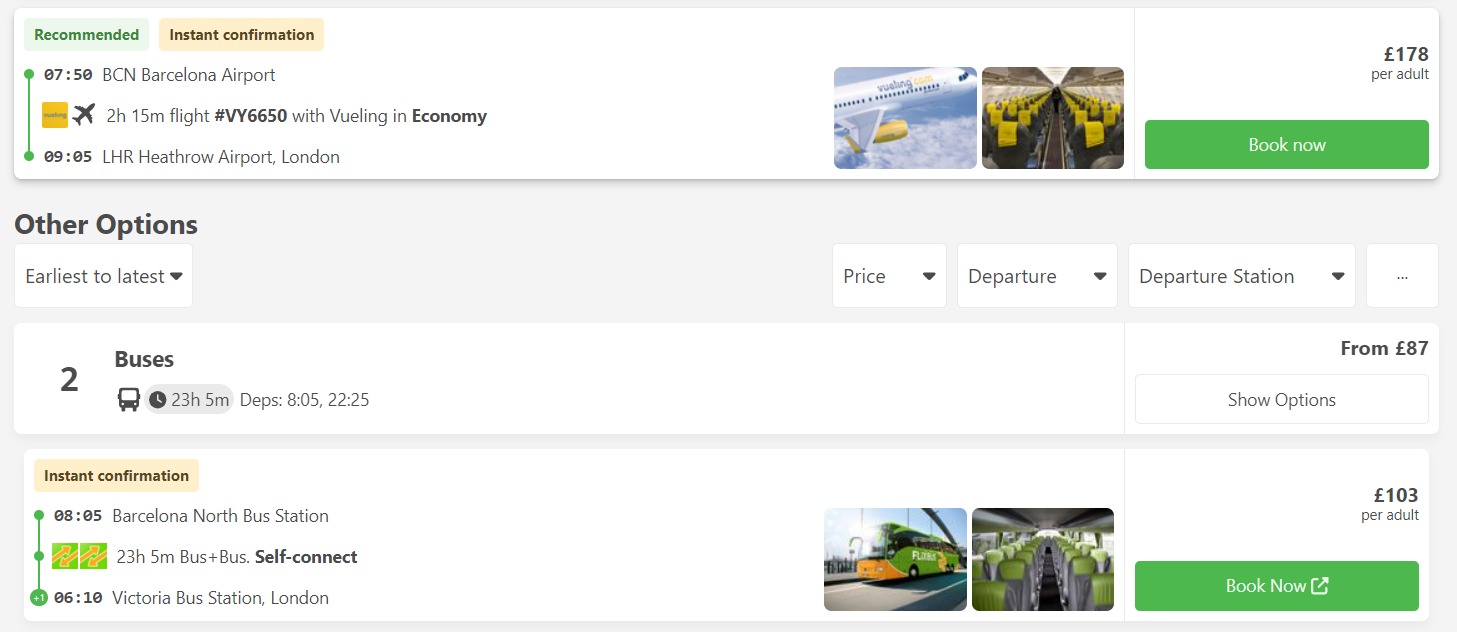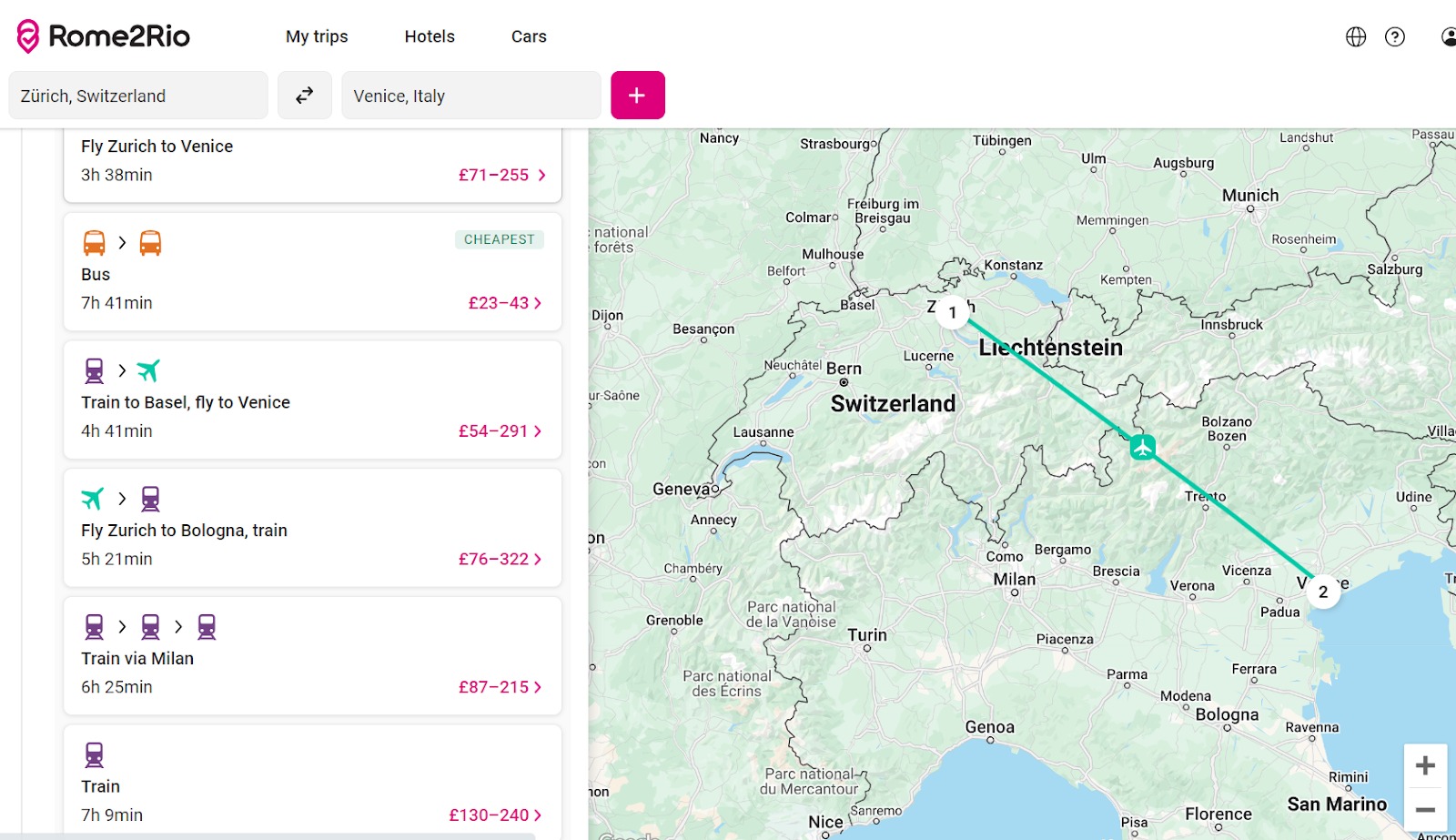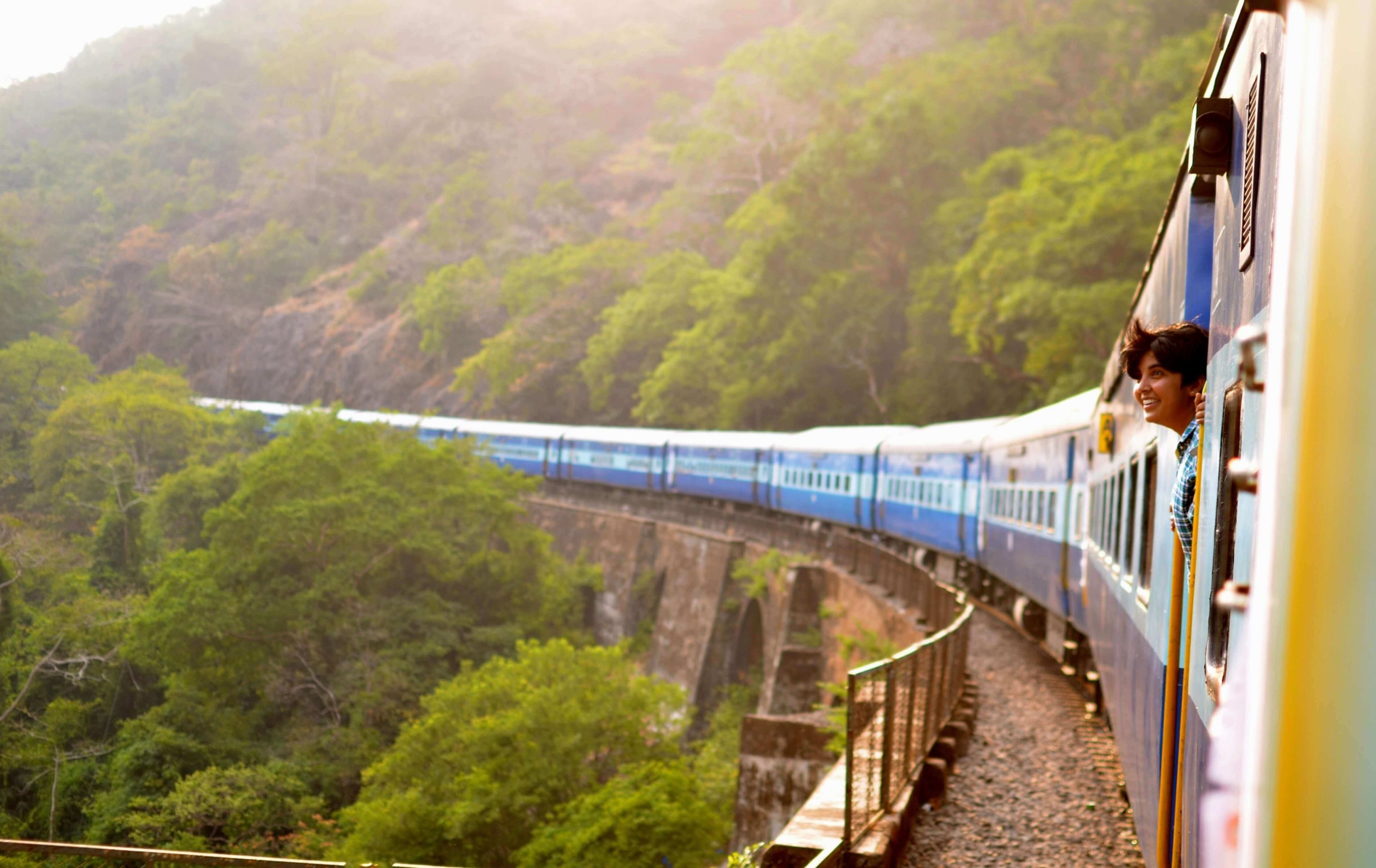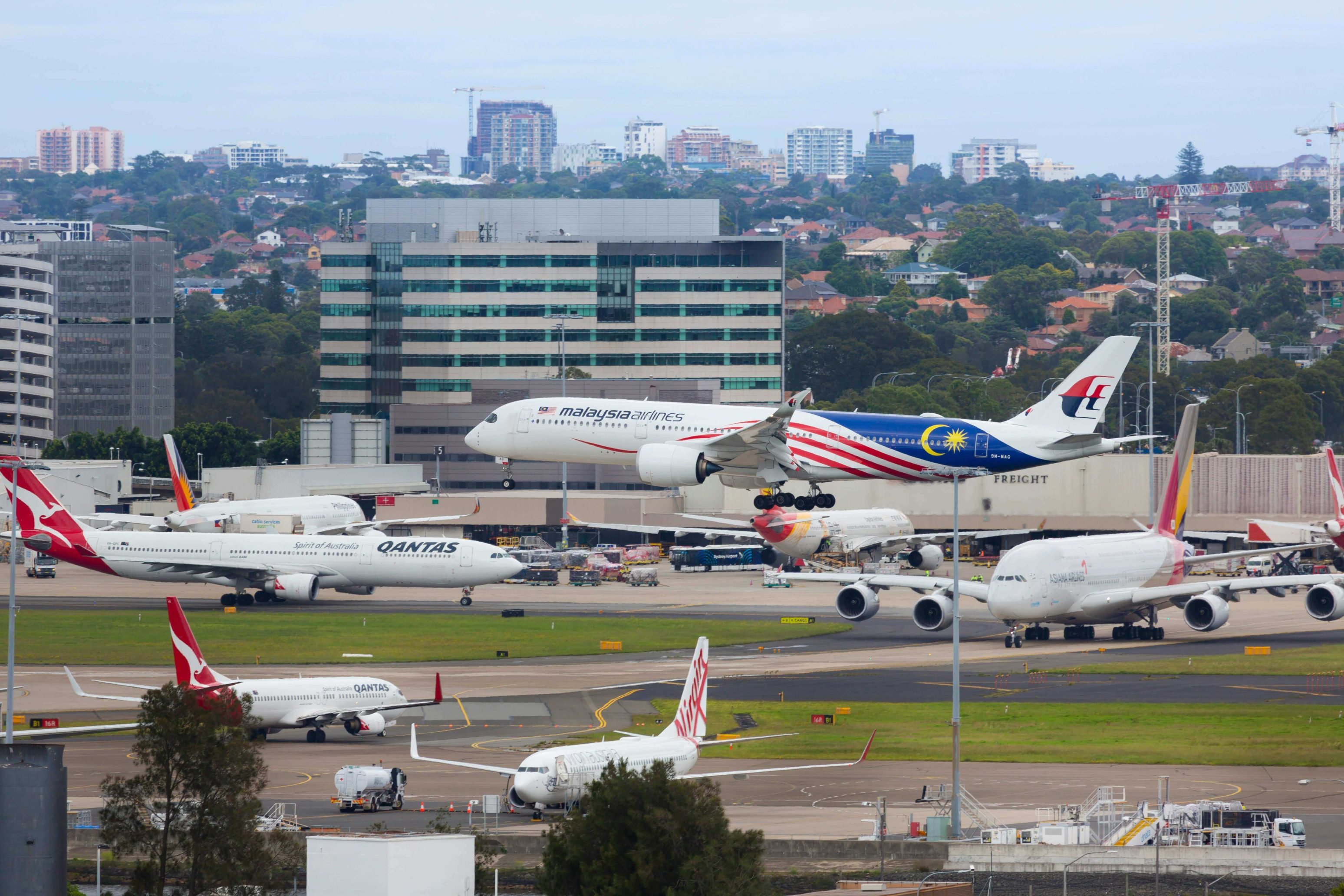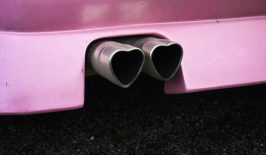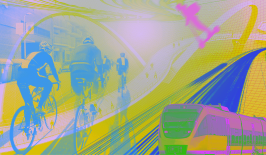In today’s digital age, booking a flight is a breeze. If you want to get from A to B via the clouds, all you need to do is to key in your preferred starting point, a rough date or month, and—if you want—a destination. Or, simply opt for “show me everything” and be shown all the most affordable options, listed in price order, in seconds.
However, when it comes to booking train routes, the process is clunky, to put it mildly. International train travel booking remains fragmented and complex, further alienating users who might be tempted to choose rail over flying. “I fly whenever there’s no train journey available or if it’s too complicated or expensive to take the train” Hugo, a travel enthusiast from France, told RESET. Across the channel, 38 percent of London-based respondents in a new study say they want to travel more by train over the next five years. This far outstrips the figures of those wanting to continue taking short-haul flights, which sits at just three percent.
However, despite this increasing demand, major obstacles persist. As the ease of viewing journeys online is so central to how we book our holidays, it’s clear that there’s an enormous gap between the tools available to assist people in planning their trips via flight versus rail.
Equivalent options for international train travel are limited—at best
Of course, train booking platforms like 12asia, Rail Europe, Trainline and Eurail do exist. Likewise, platforms such as Rome2Rio allow users to find train and long-distance bus routes no matter how long or “complicated” the route is. But, unlike flight equivalents such as Skyscanner, they often fail to offer booking options, cover all routes comprehensively or offer the best prices, leading to a perception that there are no good rail options available.
Consumers have noticed. Sam, a US citizen who has just completed a pan-European overland trip, told RESET that “some sort of centralised booking system would be a game-changer”. Likewise, Ben from Germany told us his issue with several large national providers; “The German DB-portal for example includes international routes, but does not allow you to book tickets in such cases. So you’ll have to split up the routes and book with several providers.”
WHAT’S THE DEAL WITH INTERRAIL?
Interrail is probably the most famous European rail pass, although similar concepts are being discussed in other regions. It allows users to travel through Europe with effectively one ticket, and trains can be booked last minute via an app. However, The pass is valid only on participating railways, and some private or local trains aren’t covered.
Also, the complexity of booking reservations for countries where it’s mandatory has tripped up hundreds of travellers in the past. In countries like France, Italy, Spain and for the Eurostar the reservations can be expensive and difficult to obtain, so using interrail requires more careful planning. However, the pass itself, if these issues were tweaked, could provide a blueprint for digital railway infrastructure of the future.
Flying vs rail in numbers
Train travel’s benefits over flying are hard to argue with. First and foremost, its environmental impact is significantly lower. Take the route between Paris and Barcelona, for example. Typically, the high-speed train route, operated by TGV (France) and Renfe (Spain), covers approximately 830 kilometres (515 miles) and takes about 6.5 hours.
High-speed trains in Europe, such as the TGV and Renfe AVE, are electrically powered and benefit from the region’s relatively clean energy mix, which includes a significant proportion of renewable energy. The average CO2 emissions for high-speed trains in Europe are estimated to be, at worst, around 33 grams (2018) of CO2 per passenger kilometre, meaning the route produces roughly 27.39 kg of CO2 per passenger.
A direct flight from Paris to Barcelona takes about 1.5 hours, but once you factor in airport procedures, takes around 4-5 hours (notwithstanding travel to and from the airport). Short-haul flights have higher CO2 emissions per passenger-kilometre due to the significant fuel consumption during takeoff and landing phases. The average emissions for a short-haul flight are about 154 grams (2023) of CO2 per passenger kilometre, meaning the route produces roughly 127.82 kg of CO2 per passenger.
Thus, the train journey is around 4.5 times more environmentally friendly in terms of CO2 emissions compared to the flight, at least.
Savouring the journey comes at a lower environmental cost
Aside from the environmental benefits of train travel, there are numerous other factors which make international train travel an appealing option versus flying. Fewer luggage restrictions, the ability to get up and move around, arriving and departing from the centre of the city, and the joy of watching scenery pass you by are but a few.
“I find travelling by train much more convenient and also more comfortable. You can just hop onto the train without boarding procedures, train stations are often right in the city centre and you are still connected to the world via Wi-Fi and mobile connections,” Ben from Germany told RESET. “Additionally, you can bring your own food, can decide if you want to be social or not by choosing different seating and there’s much more to see out of the windows.”
TRAIN TRAVEL TRENDS BY REGION
Europe: The EU has been actively promoting rail travel through initiatives like the European Green Deal and the Year of Rail 2021. High-speed rail networks like France’s TGV, Germany’s ICE, and Spain’s AVE have all seen increased ridership in recent years.
Asia: Long-distance trains, including sleeper trains, have long been popular throughout Asia. China’s high-speed rail (HSR) system is one of the most extensive and advanced in the world; as of 2023, it spans over 40,000 kilometres (about 24,855 miles), making it the world’s largest. The country aims to expand its HSR network to 70,000 kilometres (about 43,496 miles) by 2035.
North America: While the US lags behind in high-speed rail, there is growing interest in rail projects like California’s high-speed rail and the proposed high-speed line between Dallas and Houston. Canada also has plans to improve its rail services. The High-Frequency Rail (HFR) project is a significant initiative aimed at improving the frequency, reliability and speed of trains running between major cities like Quebec City, Montreal, Ottawa and Toronto.
Central/South America: Railways were historically significant, in the region, but many have fallen into disrepair. However, a proposed high-speed rail link between São Paulo and Rio de Janeiro aims to drastically cut travel time between the two major cities. Despite delays, this project remains a significant focus for development. Likewise, discussions have occurred about potential high-speed rail links between Buenos Aires and Santiago, but these projects are still in the early stages.
Africa: Several African countries have been investing in new rail projects and upgrading existing ones. Examples include the Addis Ababa–Djibouti Railway which significantly improves cargo and passenger transport between Ethiopia and Djibouti, as well as the Al Boraq high-speed rail line between Tangier and Casablanca which launched in 2018 and is the first of its kind in Africa.
Major hurdles still stand in the way of easy train travel
The challenge of connecting international train travel routes in one user-friendly platform sounds simple, but in reality, it’s far more complicated than at first glance. For one, each country has its own rail infrastructure, operational standards, regulations and ticketing systems. For another, each private railway provider also uses differing datasets in their online databases, and this data is rarely open-source or even available for purchase.
Whereas data on flight journeys and prices can be bought from private companies to inform sites such as Skyscanner, “the data to feed rail journey planners and pricing engines are mostly not available for purchase on the market” says Stefan Jugelt, Project Officer at the European Union’s Agency for Railways’ Operational Data Unit.
This lack of uniformity makes integrating these disparate systems into a single platform technically complex. Ensuring real-time data synchronisation for schedules, availability and pricing is a significant technical hurdle. And, what with the dominance of budget airlines in Europe impacting the demand for long-distance international train travel, rail operators simply don’t have strong enough incentives to take it on.
“Profits have traditionally been generated by domestic local train services, whereas significantly fewer passengers are using domestic long-distance or international trains” explained Stefan Jugelt. “This market situation naturally impacts the way ticketing systems are traditionally designed. This is a completely different business model than that of airlines, who have traditionally been focusing on international connectivity from day one.”
Once again, a focus on profit being put above consumer needs, let alone the planet, lies at the heart of the issue. While some work has been done on a policy level to standardise railway sales and the rest by 2030 as part of the EU Green Deal, according to Stefan Jugelt, we shouldn’t hold our breath for a solution too soon.
“The European standardisation organisation created a European standard for public transport and rail fares called Transmodel/NeTEx. This allows for a harmonised data exchange between rail railway companies and travel agencies. But the implementation of this standard happens too slowly, and unfortunately, it makes creating a European booking engine too expensive.”
Greenpeace calls for an end to flight subsidies and focus on simplifying train travel
Of course, price is also a major sticking point. On average, taking the train in Europe costs double the price of a flight according to a 2024 report from Greenpeace. The study compared ticket prices on over 100 routes between major European cities, finding that flying was half the price between European destinations and a quarter of the price on routes to and from the UK.
Of the people we reached out to to ask what has stopped them from choosing train travel over flights in the past, almost all of them, regardless of location, stated that price was a major factor. Isobel from the UK told us that “affordability is 100 percent a big decision-making factor for me when I choose how I travel”.
This issue highlights how expensive it can be to make choices that prioritise our planet. Dr Doug Parr, Greenpeace UK’s director of policy, explained that “the twisted economics of the transport industry means they are being encouraged to keep throwing fuel on the climate inferno. Flying only looks like a bargain because the cost of pollution is so cheap. Low-cost airlines are paying negligible tax while imposing low wages and poor conditions on staff.”
In order to reduce the gaping disparity between rail travel and flying, Greenpeace has called for short-haul flights to be banned where there is a comparable rail alternative, like the ones proposed in Spain and currently in place in France, as well as for an end to subsidies for airlines and airports. This would start with a phase-out of tax exemptions for kerosene and frequent flier levies. Interestingly, It also calls for European governments to introduce so-called ‘climate tickets’ whereby users can buy straightforward train travel passes that can be used on all means of public transport in a country or region.
Making train travel easier for the consumer is then, clearly, not a new idea.
“EU-wide, seamless, integrated ticketing is a low-hanging fruit. And for picking this relatively low-hanging fruit, there is a clear way forward. A level playing field for the commercial cooperation between railway undertakings and/or ticketing platforms can be achieved by an improved regulation at EU level, such as the proposed multimodal digital mobility services”, Stefan Jugelt shared with RESET.
Things could be looking up
But, work is being done. In June 2024, Omio announced a new partnership with Uber, whereby rail routes, including Eurostar as well as coaches can be booked through the Uber app in Spain and the UK. Users who book trains via Uber can be assured of competitive prices with no booking fee and loyalty incentives such as Avios points and 10 percent Uber Credits. This puts train and bus alternatives directly in the pockets of millions who use Uber to get around.
And, in May 2024, Rail Europe announced their partnership with RegioJet, the prominent Czech rail provider. The collaboration will integrate RegioJet’s extensive network, including major cities in the Czech Republic and Central and Eastern Europe such as Prague, Brno, Vienna, and Prague, into Rail Europe’s B2B platform. This collaboration will give Rail Europe the largest inventory of European train destinations of any comparable platform.
Governments and organisations—including railway operators—understand that there is a renewed focus on train travel. Consumers are willing to make the trade and are sick of the disparity between the price and convenience of flying and international train travel. Could an easier booking system help to cater to this demand? There’s only one way to find out, but it seems that for now, there’s a long way to go before the destination is in sight.
